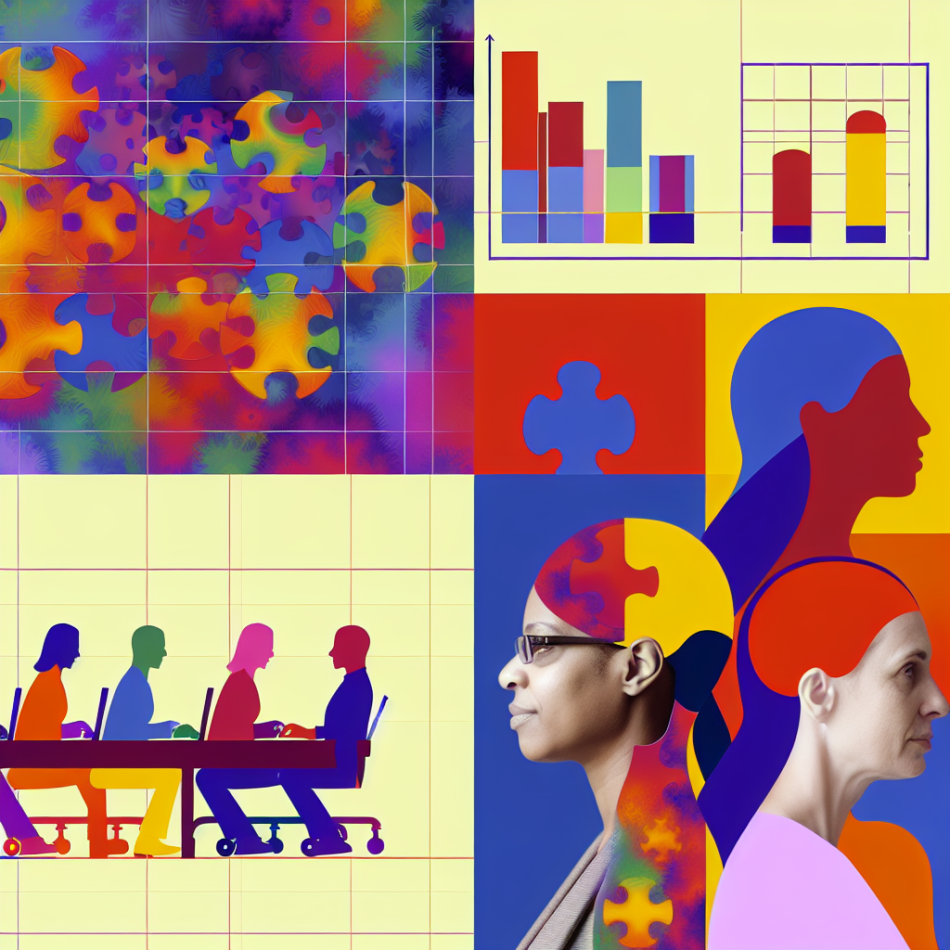In today’s diverse workplaces, productivity isn’t a one-size-fits-all concept. Neurodivergent individuals—those with ADHD, autism, dyslexia, or other cognitive differences—often thrive under conditions that traditional tools overlook. This article explores how teams can leverage inclusive strategies and technologies to harness neurodivergent strengths, fostering environments where every brain can excel. From flexible workflows to adaptive software, discover tools that align with—rather than resist—cognitive diversity.
Understanding Neurodiversity and Productivity
Neurodiversity refers to the natural variation in human cognition, encompassing conditions like autism, ADHD, and dyslexia. These differences aren’t deficits but unique frameworks for processing information. For instance, someone with ADHD might excel in dynamic, fast-paced tasks but struggle with linear workflows. Similarly, an autistic individual could thrive in structured environments with clear expectations but find open-ended projects overwhelming. Recognising these nuances is the first step to building productivity strategies that play to individual strengths.
The Limitations of Traditional Productivity Tools
Conventional tools like rigid to-do lists or synchronous communication platforms often fail neurodivergent teams. Calendars that prioritise back-to-back meetings, for example, can overwhelm those who need time to process information. Similarly, text-heavy project management software may disadvantage dyslexic team members. These tools assume a neurotypical brain, creating barriers for those who think differently. The result? Burnout, missed deadlines, and untapped potential.
Key Features of Neurodivergent-Inclusive Tools
Effective tools for neurodivergent teams share common traits:
- Customisation: Adjustable interfaces (e.g., colour schemes, font sizes) to reduce sensory overload.
- Flexible Time Management: Tools like time-blocking apps with adjustable reminders cater to varied attention spans.
- Visual and Auditory Options: Mind-mapping software or audio-based task managers support diverse processing styles.
- Asynchronous Communication: Platforms like Slack or Loom allow responses at one’s own pace, reducing pressure.
These features create environments where neurodivergent individuals can leverage their natural tendencies, such as hyperfocus or pattern recognition, rather than conforming to neurotypical norms.
Tools That Empower Neurodivergent Strengths
Several tools stand out for their neurodiversity-friendly design:
- Trello: Its visual, card-based system helps those with ADHD break tasks into manageable steps.
- Otter.ai: Real-time transcription aids dyslexic individuals in processing spoken information.
- Focus@Will: Music tailored to neurotypes enhances concentration for ADHD users.
- Notion: Customisable templates let users build workflows aligned with their cognitive style.
Critically, these tools don’t just accommodate differences—they turn them into assets. For example, autistic team members might use Notion’s granular organisation to spot inefficiencies others miss.
Building a Team Culture That Supports Neurodiversity
Tools alone aren’t enough. Teams must cultivate practices like:
- Structured Flexibility: Set clear goals but allow varied methods to achieve them.
- Explicit Communication: Replace implied expectations with written guidelines to reduce anxiety.
- Quiet Collaboration: Balance meetings with deep work periods, respecting different social energy levels.
Leaders should also normalise individualised adjustments. For instance, permitting noise-cancelling headphones in open-plan offices or offering written feedback alongside verbal reviews.
The Role of Flexibility in Sustaining Productivity
Neurodivergent productivity fluctuates—a trait often misunderstood as inconsistency. Tools like adaptive scheduling software (e.g., Clockwise) that reschedule tasks based on energy levels, or focus timers with variable intervals, help teams ride these natural waves. This approach mirrors the “spoon theory” of energy management, acknowledging that capacity varies daily and planning accordingly.
Measuring Success Beyond Conventional Metrics
Traditional productivity metrics—hours worked, tasks completed—often penalise neurodivergent styles. Inclusive teams track outcomes like:
- Innovation generated from diverse thinking patterns
- Error reduction through neurodivergent attention to detail
- Employee retention linked to workplace well-being
By valuing quality over conformity, teams unlock hidden potential. For example, a dyslexic employee’s spatial reasoning might streamline a logistics process that linear thinkers overlook.
Neurodiversity isn’t a hurdle to productivity—it’s a wellspring of innovation. By choosing tools that adapt to diverse brains and fostering cultures of psychological safety, teams transform cognitive differences into competitive advantages. The future of work isn’t about making neurodivergent individuals “fit in”; it’s about creating spaces where every mind can thrive. Start by auditing your current tools and practices: do they accommodate—or stifle—the way your team actually thinks?
